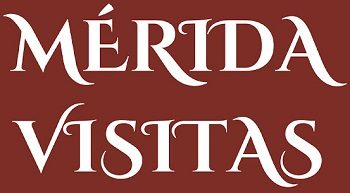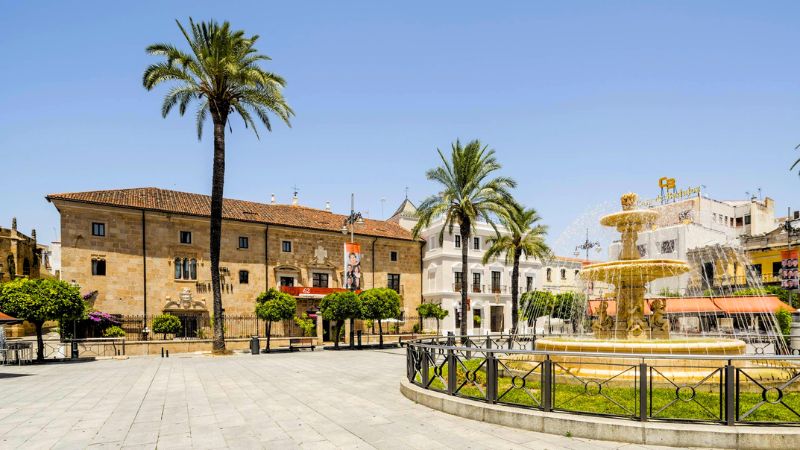
The Plaza de España in Mérida is more than just an open space in the heart of the city; it is a microcosm of the history, culture and architecture that have shaped this town over the centuries. From being a mercantile forum and a theater for festivities, to housing emblematic buildings that have witnessed political and social changes, the plaza is a mirror reflecting the different facets of Mérida.
Orígenes e Historia
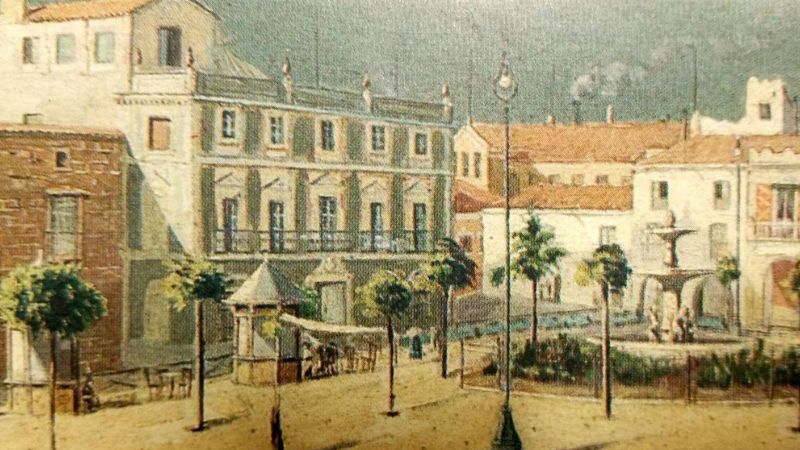
The square has its roots in the time of the Catholic Monarchs, when it was officially organized as a central space in the city.
Since then, it has served multiple purposes: as a marketplace, a stage for theatrical performances, a place for bullfights, executions and religious celebrations.
It is also where the people gathered to receive the royalty during their visits and where loyalty to the new monarchs was proclaimed or mourned for the deceased.
Architecture and Highlights
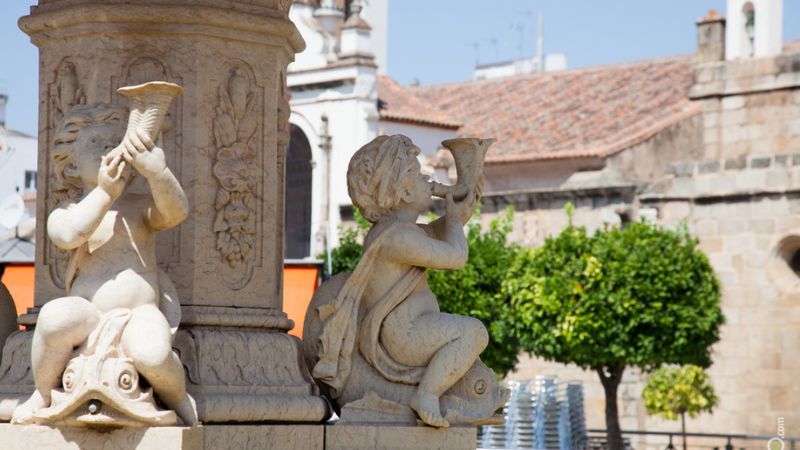
Neobaroque Source
One of the most notable features of the square is its neo-baroque marble fountain, a late 19th century work of art created by the Lisbon workshop of Germano José do Salles.
The fountain is an amalgam of elements: amorcillos mounted on dolphins, cornucopias and plant motifs. All of this culminates in a Corinthian capital that serves as the perfect finishing touch to this artistic complex.
Important Buildings and Supporting Buildings
The arcades surrounding the square are the result of successive renovations over the centuries.
The presence of historic buildings such as the Palacio de los Mendoza, the Casa de los Pacheco, the Círculo Emeritense, the Casa Consistorial and the Palacio de la China add an additional dimension of heritage importance to the place.
On one of the corners, the imposing presence of the Co-cathedral of Santa Maria serves as a palpable reminder of Merida’s rich religious past.
Social Functions and Reforms
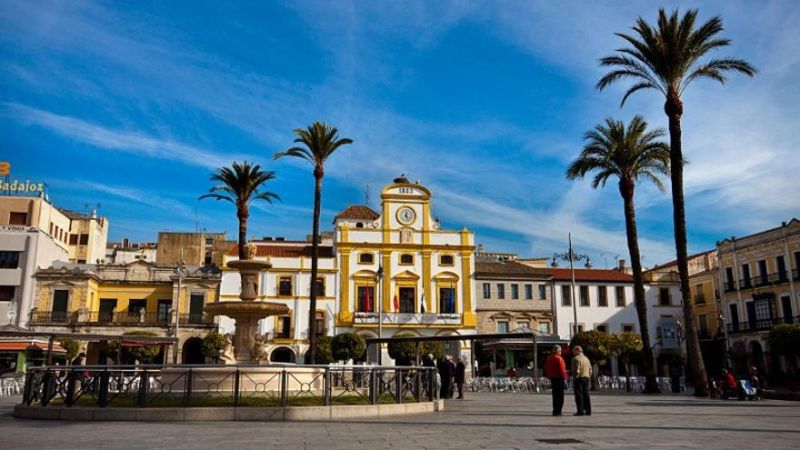
Like most of Spain’s main squares, the Plaza de España in Mérida has always been a hub of commercial and festive activity.
In the latter part of the 19th century, the square was elevated in certain areas, giving it a unique appearance and allowing the installation of the aforementioned fountain.
Towards the end of the 20th century, the decision was made to pedestrianize two sides of the square, making it a more welcoming space for visitors.
Why Visit Plaza de España?
Although admission is free and the space is open to all, the real value of the plaza lies not in its accessibility, but in its ability to tell the story of Mérida through its architecture, its monuments and its atmosphere.
It is a place where you can feel the pulse of the city, from the bustle of the market to the solemn ceremonies.
More of Merida’s historical heritage

Roman Theater of Merida

Mérida Roman Amphitheater
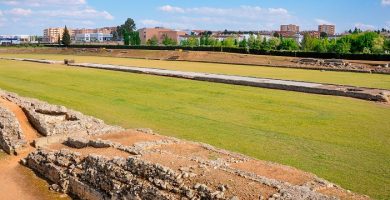
Roman Circus of Merida
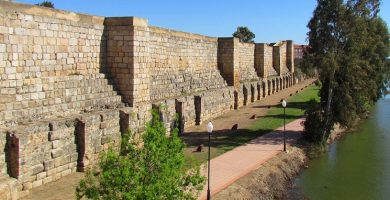
Moorish Alcazaba of Merida
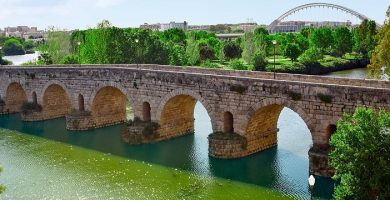
Roman Bridge of Merida over the Guadiana river
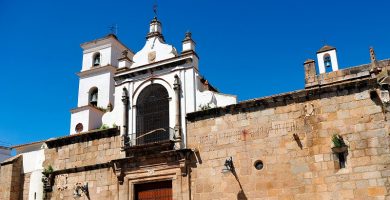
Co-cathedral of Santa María la Mayor of Mérida
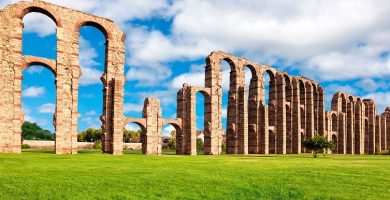
Los Milagros de Merida Aqueduct

Roman Temple of Diana in Mérida
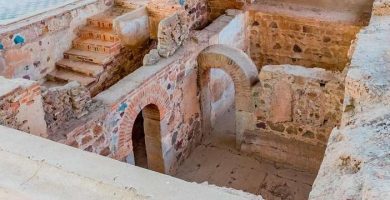
Casa del Mitreo House in Mérida

Portico of Merida’s Municipal Forum
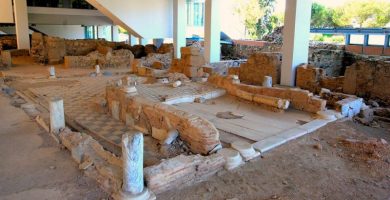
Morería de Mérida Archaeological Site

Basilica of Santa Eulalia in Mérida
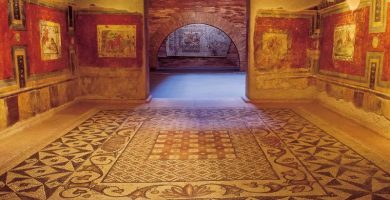
National Museum of Roman Art of Mérida
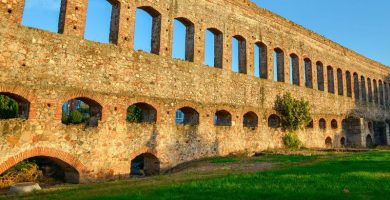
San Lázaro Aqueduct in Mérida
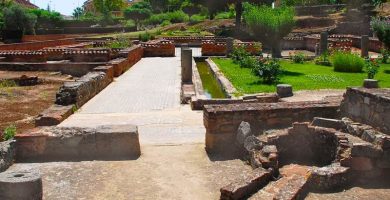
Merida Amphitheater House
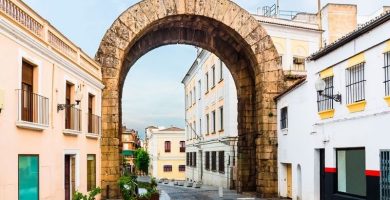
Trajan’s Arch of Mérida
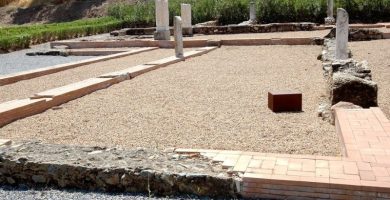
Mérida’s Xenodoquium
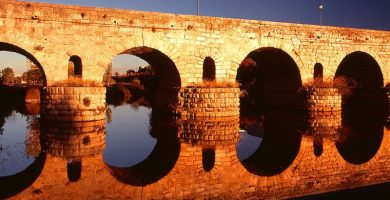
Roman Bridge over the Albarregas
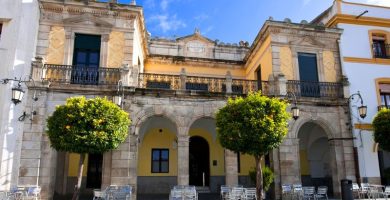
Círculo Emeritense in Mérida

Mérida City Hall
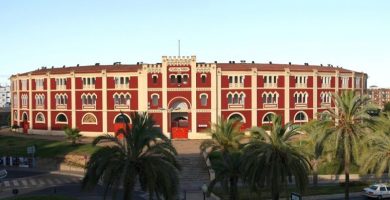
Bullring of Mérida
